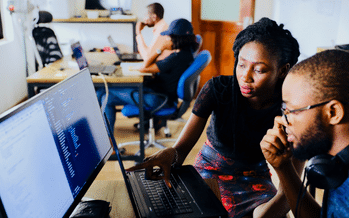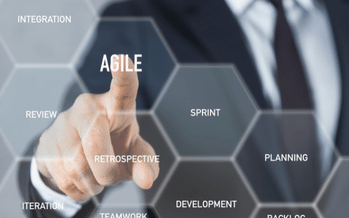Collaborative learning has been shown to be one of the most effective types of learning. We call it “task-based mentoring” though you may call it “flash mentoring”, “peer coaching”, or “modern apprenticeship”.
Read MoreCompetency models have the ability to create a culture of learning that drives skill gap closure, upskilling and reskilling. While leaders all agree that people development is critical to their success, they don’t all prioritize action. Now is the time to act.
Read MoreTaking advantage of task-based mentors/peer mentors (what McKinsey calls distributed apprenticeship) is key to upskilling and reskilling at scale in the flow of work.
Read MoreBusiness impact is the #1 measure desired by CEOs and only 8% currently see the business impact of L&D, you can see that skill practices have the unique ability to connect the dots for executives like nothing else.
Read MoreWith the speed of change driving upskilling and reskilling efforts, it has never been more important to ensure that classroom and other formal learning events result in skill improvement.
Read MoreWhat is workforce agility? Workforce agility enables you can easily move people from one place, where demand is low to another place where demand is high.
Read MoreBehavioral examples in a competency model are what drive consistency, accuracy, and objectivity. And without that, individuals won’t accurately identify skill gaps and get the right personalized learning to close them.
Read MoreWith the changes going on in the world today, helping employees take ownership of their development has never been more important. We hope these help you engage employees in taking ownership of their learning.
Read More







